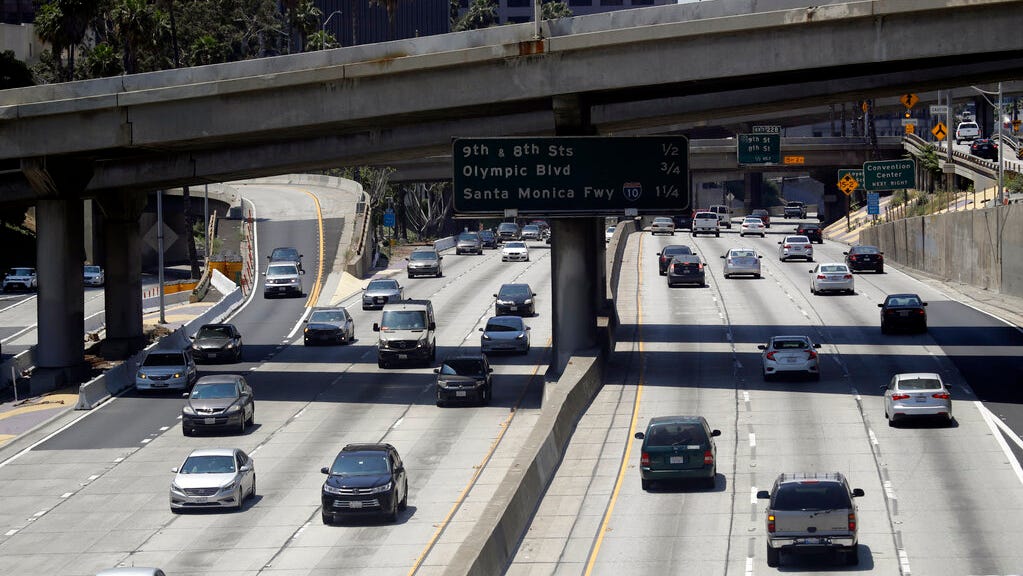The White House is also expected to explore ways to adopt the California policy requiring all new vehicles sold after 2035 to release no emissions
The Obama-era standards, which were modeled on California’s, would have required auto companies to make and sell vehicles that reached an average fuel economy of about 54.5 miles per gallon by 2025. The standards, which would have eliminated about six billion tons of planet-warming carbon dioxide pollution over the lifetime of the vehicles, stood as the single largest federal policy ever enacted to reduce climate change.
The Trump administration last year rolled back that standard to about 40 miles per gallon by 2026 — a move which would have effectively allowed most of that carbon dioxide back into the atmosphere. California, however, reached a separate deal with the five automakers, in which they agreed to reach a standard of 51 miles per gallon by 2026. The Trump administration, backed by G.M. and other automakers, blocked California’s legal authority to set those standards.
.The Biden administration is already moving swiftly to craft that new standard, which will be jointly released by the Environmental Protection Agency and the Department of Transportation. On Wednesday, the Senate confirmed the new Transportation Secretary, Pete Buttigieg. In his confirmation hearing, Mr. Buttigieg, the former mayor of South Bend, Ind., and a 2020 presidential contender, vowed to make tackling climate change a guiding principal of his tenure — a first for a transportation secretary.
Though the California deal sets a standard of 51 miles per gallon for model year 2026, the coming Biden rule will likely take a year or more to complete. So its first targets will be later, 2028 or 2029. California and environmental groups are likely to push for standards that are even more aggressive to help meet the goal of ending sales of gasoline- and diesel-powered cars by 2035.
Crafting such rules could be a lengthy and complex process, but several people close to the administration say they expect that the E.P.A. and Transportation Department to publish a “notice of proposed rule making” — essentially, a document that launches the one-to-two-year legal process of drafting and implementing such rules — by March.

Stellantis, Toyota drop out of Trump lawsuit against California emission rules
The automakers expect the Biden administration to roll back Trump's ban on California's rules, making the lawsuit moot.
www.detroitnews.com
Last edited:
